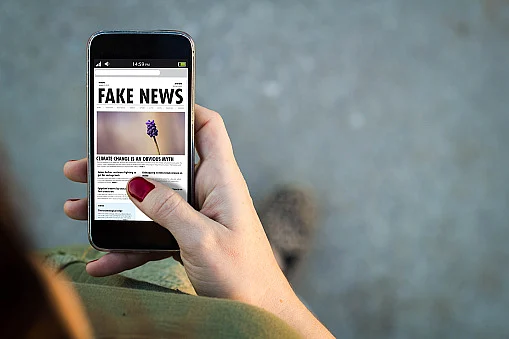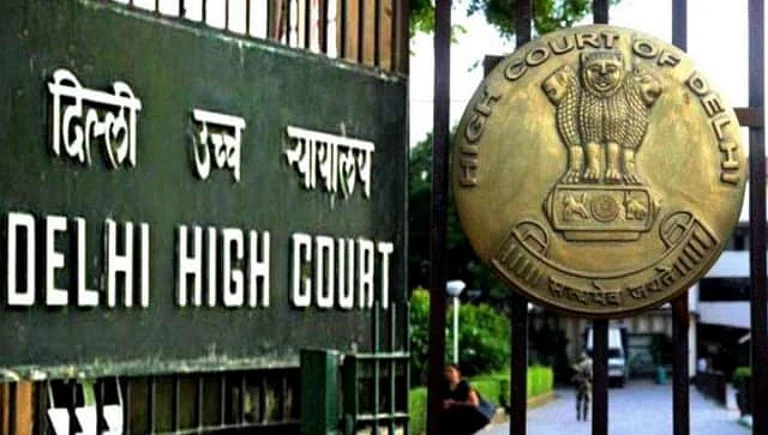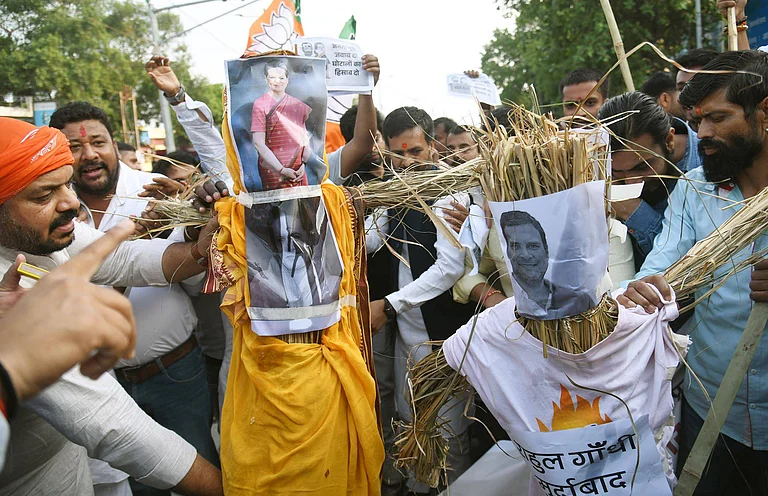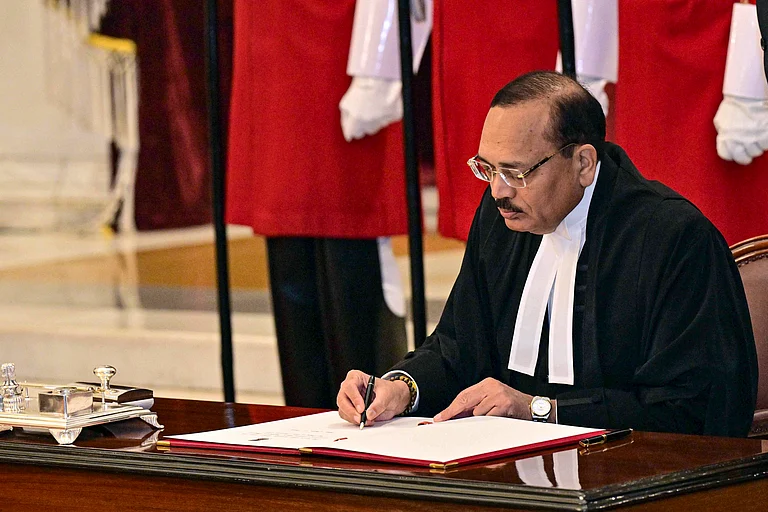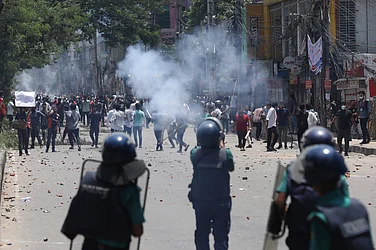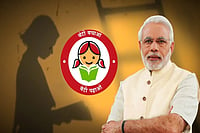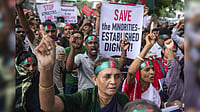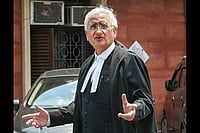A Division Bench of the Bombay High Court on Wednesday delivered a split verdict on a bunch of petitions challenging the constitutional validity of the amended Information Technology (IT) Rules, which enable the government to establish a fact-checking unit (FCU) to identify and address fake news.
The two-judge bench, comprising Justices Gautam Patel and Neela Gokhale, could not reach a unanimous decision with Justice Patel ruling in favour of the petitioners and Justice Gokhale upholding the amendment supporting the government's stance.
“There is a disagreement between us. I have held for the petitions and Justice Gokhale has held for the government. So now the matter will be heard afresh by a third judge,” Justice Patel said in the courtroom.
The matter will now be referred to a third judge.
What are the amended Information Technology (IT) Rules?
The IT Rules, 2023 were created under Section 79 of the Information Technology Act, 2000. The IT Rules, 2023 were first notified in April last year, and they go beyond the established restrictions and lack a clear definition of "fake, false, or misleading" information. It has been alleged that this lack of clarity in the rules gives the government unconstitutional power for censorship.
Under the new rules, once the government’s FCU identifies information as “fake, false or misleading”, social media intermediaries like 'X', 'Instagram' and 'Facebook' would either have to take down the content or add a disclaimer.
Kunal Kamra, one of the petitioners, asserted that as a political satirist dependent on social media platforms to share his content, the Rules posed a risk of arbitrary censorship. His concern was that his content might be blocked, removed, or that his social media accounts could face suspension or deactivation, according to Live Law.
Arguments in the court
In his 148-page-order, Justice Patel expressed his reservations about giving the state the power to categorise information as “true or false” and compelling its non-publication could be “nothing but censorship”.
Justice Patel observed, “…in our constitutional scheme, free speech is always to be under-regulated, and the restrictions on it – attempts at control and abridgement – must be over-regulated, not the other way around,” according to The Wire.
During the proceedings, senior advocate Navroz Seervai, representing Kunal Kamra, expressed apprehensions regarding the limited remedies accessible to users on social media platforms if their content is identified as fake, false, or misleading and asserted that the IT rules violated the fundamental principles of natural justice.
The petitioners pleaded that the amendment would have a "chilling effect," fearing that it would grant the government "monopolistic power" to decide which information about its functioning should be circulated, Bar and Bench reported.
Justice Gokhale on the other hand argued that believing in misinformation could affect people’s reasoning and decision making even after the information has been corrected and that the dangers of fake news on social media could not be played down any longer.
“It is in this scenario that the government appears to have framed the impugned rule to curb the menace of fake, false, and misleading information related to business of the government,” she said.
A decision could not be reached and the matter will now be referred to a third judge by Chief Justice Devendra Kumar Upadhyaya.






